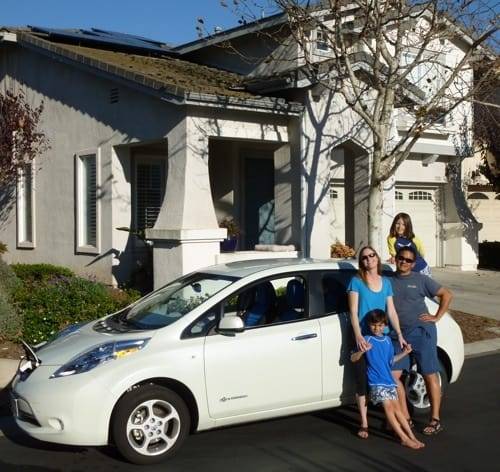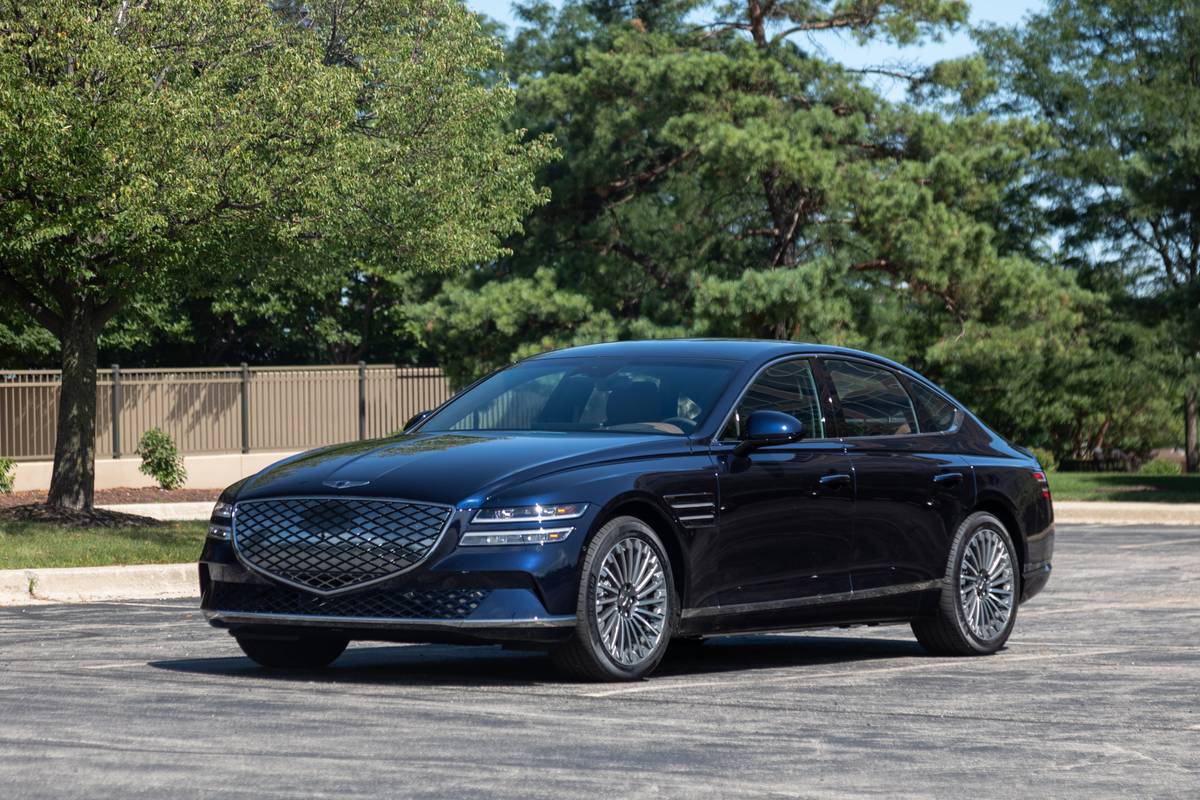'Reinventing Fire': How the Automobile Fits Into the Future of Energy


&&&&&EMBEDDED_ELEMENT_START&&&&& {“id”:1420668683312,”originalName”:”2015_03_04_17_03_56_092_http___blogs_cars_com__a_6a00d83451b3c669e2015393ce200f970b_800wi”,”name”:”MMS ID 51322 (created by CM Utility)”,”URI”:”/85/-1602542455-1425510236385.”,”createDate”:”2015-03-04 05:03:56″,”metadata”:{“AUTHOR”:”automatic-content-migration”,”KEYWORDS”:””},”href”:”https://www.cstatic-images.com/stock/1170×1170/85/-1602542455-1425510236385.”,”description”:”Came from http://blogs.cars.com/.a/6a00d83451b3c669e2015393ce200f970b-800wi”,”externalid”:”51322″,”updatedby”:”cmuadmin”,”updateddate”:1425511524670,”associations”:{}} &&&&&EMBEDDED_ELEMENT_END&&&&&


“[It] cost us $18,000 after tax rebates,” she said. “Since we have an energy-efficient house, we never could have justified [the solar panels] on our electric bill alone. However, since it eliminates both our electric bill and about $200 a month in gas, we figure payoff is in about six years.”
Davis (pictured below) added that her family doesn’t use all the electricity produced by the solar panels, and a recent California law will mean that the Davis’ utility company will have to send them a check for the extra electricity their home produces.
“I enjoy being able to drive a car and not feel guilty about it,” she said. “If you just move straight to electricity it’s not much better to be using coal-fired electricity. But it only made sense [financially] when we started thinking about powering a car.”
According to “Reinventing Fire,” vehicles like the Leaf and the Chevy Volt are just the tip of the (rapidly melting) iceberg. The Leaf weighs 3,366 pounds and the Volt comes in at 3,781 pounds.
As ultra-light but ultra-strong carbon fiber composites become cheaper and more inventive, they will drastically reduce vehicle weight. The Oak Ridge National Laboratory, for example, has a method to make biomaterials from plant fibers that could potentially cut the cost of carbon fiber by 90%. Currently, carbon fiber is so expensive it’s used sparingly on high-end sports and luxury cars.
The cost savings would make carbon fiber competitive and even better than steel when comparing dollar-per-pound. Such advances in lightweighting will make those electric powertrains capable of taking the vehicle farther on a single charge. At the same time, Lovins fully expects electric motors and batteries to become lighter, cheaper and more reliable as manufacturers hurry along the learning curve.
Even with government encouragement, Revolutionary+ vehicles won’t take over the roads overnight, but by 2050 the book claims only enthusiasts will drive today’s typical combustion engines.
What’s the reward for reinventing fire in the consumer automotive sector?
It’s not just that 71% of America’s oil addiction is wrapped up in transportation or that automobiles use 60% of that oil; it’s if you don’t need refiners to make gasoline than you don’t have to burn the equivalent to 180 million gallons of crude oil every year.
If you’re like Davis, environmental considerations play a major role in the kind of car you drive.
“You feel guilty driving around in a car when you have family members with bad asthma, but it’s also climate change considerations. I just think of my kids and how quickly things are changing and how it’s already affecting the weather,” said Davis, who is a wife and the mother of three young children.
Yet like Lovins, Davis recognizes that money will drive most people’s car-buying decisions more than any other factor.
“Even if environmental reasons are not accepted or recognized, though, I think the economics of it make sense,” she said. “Electricity is so much cheaper than gas, and the tech is only getting better. There is an economic logic to it, too.”
According to Lovins, the thesis of “Fire” is that consumers like Davis and businesses like Ford, GM or Toyota will lead the way when it comes to fundamentally changing the way we power our industrial society.
“We’re saying business needs to lead and do what it’s good at: making money,” Lovins said. “Would Boeing have developed the Dreamliner if they waited for Congress to tell them to? Would Toyota have developed the Prius if they waited on the Japanese government? These are the entrepreneurial spirits that changed the game. American industry has the engineering and marketing talent to pull this off and regain a commanding presence in world market. And ultimately, it’s your readers that will make this happen.”
Featured stories

This or That: 2026 Honda Passport TrailSport Elite Vs. 2025 Toyota 4Runner TRD Off-Road Premium


2025 Porsche Panamera GTS Review: Continental Cruiser

